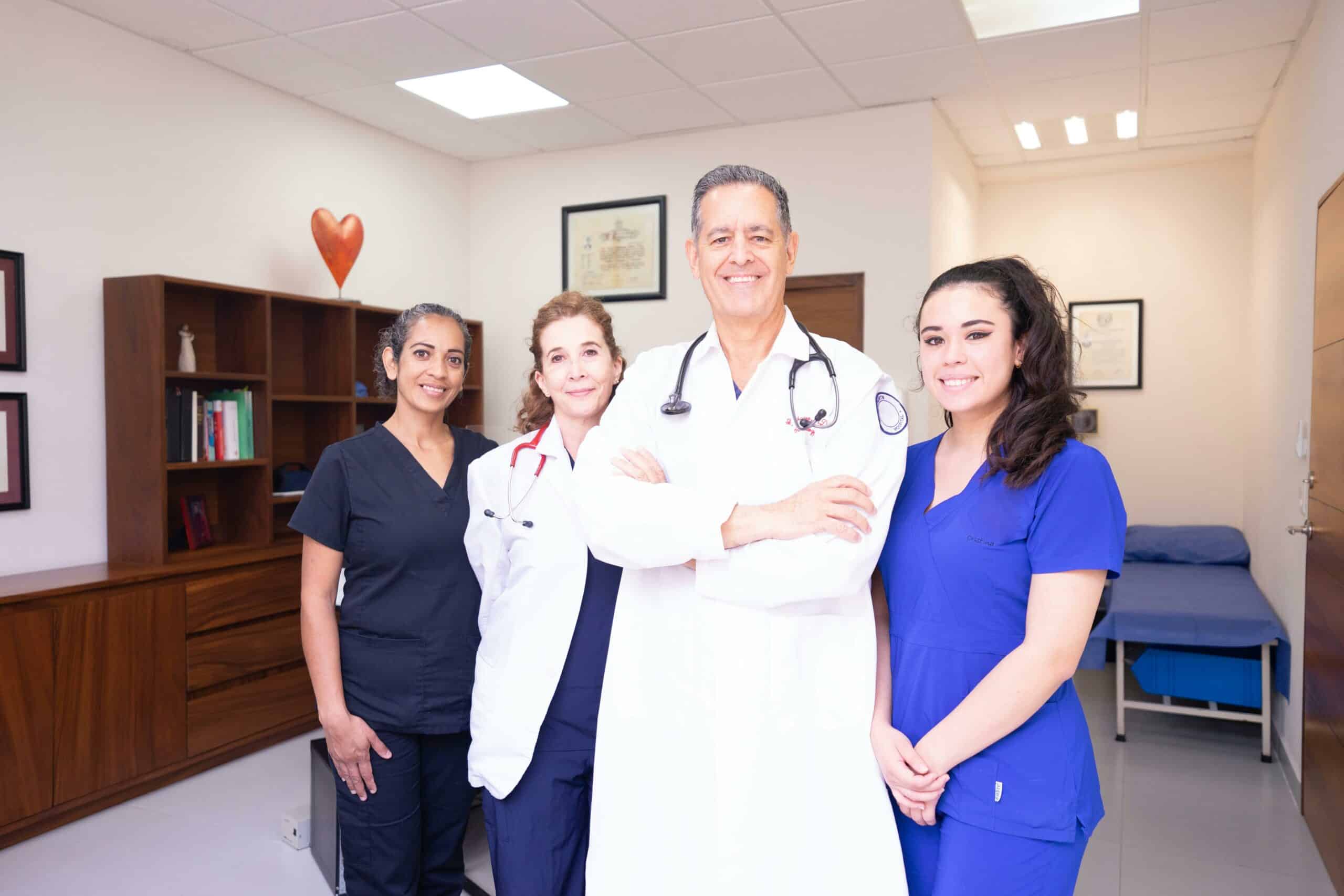When you think of ultrasounds, do you immediately imagine grainy black-and-white images of babies in utero, or if you’ve been pregnant yourself, you no doubt remember butterflies in your stomach as you waited for the child’s gender to be revealed.
While obstetric care is one exciting use of ultrasounds, did you know that this fascinating technology has a broad range of life-saving uses across medical fields?
At Trek Healthcare Staffing, we love to celebrate all facets of the medical world, so in honor of Medical Ultrasound Awareness Month, we’d like to share with you a bit about the journey to modern ultrasound and an appreciation for important work sonographers do every day.
The History of the Ultrasound
Since the dawn of time, curious people have looked to the natural world for insight. In the animal kingdom, bats are the ultimate masters of sonography. Italian physicist, Lazaro Spallanzani began a series of experiments to uncover the mystery of their nocturnal hunting in the night. Though Spallannzani was a respected scientist who made research contributions in many areas, when he started telling folks that bats use sound waves to find and capture food his idea was dismissed as ridiculous.
Nearly a century later, another scientist, Francis Galton, experimented with producing high-frequency sound waves. This led to the invention of every parent’s favorite kind of whistle…the dog whistle! More practically, perhaps, his work led to the development of SONAR (Sound Navigation and Ranging), a vital tool in naval navigation and warfare.
It wasn’t long before others began asking, “What other previously unseeable places can we view with ultrasound?” From around the globe, exploratory surgery patients said, “We’ve got some recommendations!” Learning to observe and diagnose health ailments was a brilliant adaptation of ultrasound technology, and since Dr. Karl Theodore Dussik’s first published study on the subject in the 1940’s, medical ultrasound technology has continued to exponentially expand its capacity to accurately study the human body and diagnose ailments.

Medical Ultrasound Awareness Month
The goal of this annual focus on ultrasound technology is two-fold. We want people to understand the vital and fascinating work sonographers do. We also want to celebrate what ultrasound has done for us, from the detection and diagnosis of life-threatening ailments to inciting joy in parents-to-be.
Because of the importance of medical ultrasounds, sonography makes a secure and promising career choice. We are grateful for those who have made a career of diagnosing medical needs through sonography, improving our quality of life one patient and one diagnosis at a time.
Ways to Celebrate Medical Ultrasound Awareness Month
Regardless of your experiences with medical ultrasounds, you can explore the fascinating science and history of ultrasound technology, and show your appreciation to these medical professionals.
1. Share Your Story
Are you a sonographer? We need to hear from you! The general public doesn’t know all that goes into sonography work. Tell us your stories of moments of joy or life-saving diagnoses and your interaction with patients. Share the “why” behind your career choice and the best (and worst) parts about your job. Whether you share over coffee with a couple of friends or create content for social media, spreading awareness helps us better understand and appreciate your work, as well as provides inspiration to the next generation of sonographers.
Has your life been impacted by ultrasound technology? Do you remember the “Congratulations! You’re having a boy?” announcement your sonographer made? Or perhaps it was an ultrasound that finally gave you answers to that gut-wrenching abdominal pain you were experiencing, enabling you and your doctor to come up with a plan for healing and health. If so, your story needs to be shared too. Recount it to friends and coworkers and invite them to share their stories as well.
2. Learn Interesting Facts about Ultrasounds
- Ultrasound waves cannot pass through bones.
- Ultrasound can be used to clean jewelry.
- Dogs and cats are able to perceive ultrasound frequencies, but humans cannot.
- Dolphins and whales use ultrasound for hunting and navigation.
- Ultrasound has no known side effects, so it’s the most patient-friendly method by which ailments can be diagnosed.
- In 1963, handheld ultrasound scanners were introduced in the US.
3. Take a Field Trip
Schedule a visit with a local medical sonographer. Take a tour and learn how the ultrasound machine works. Maybe you’ll get the opportunity to see the machine in action and get an inside look at yourself as you chat about the scope of her work and the training she underwent to prepare for this career.
4. Read a Biography
Many brilliant scientists have had a hand in modern sonography, but chances are, you may not know much about these inventors. Select one that intrigues you and learn more.
- Lazarro Spallanzani
- Christian Doppler
- Jacques and Pierre Curie
- Reginald Fessenden
- Francis Galton
- Karl and Frederick Dussik
- George Ludwig
- John WIld and John M. Reid
- Douglas Howry
- Shigeo Satomura
At Trek, we see how medical professionals make a difference daily, and sonographers are an invaluable part of the team. We’ll be celebrating Medical Ultrasound Awareness Month throughout October, but in every month and every season, we help medical professionals achieve their career goals through travel healthcare. If you’re looking for new opportunities in the medical field, reach out to us today. We’d love to help you find that perfect placement.







